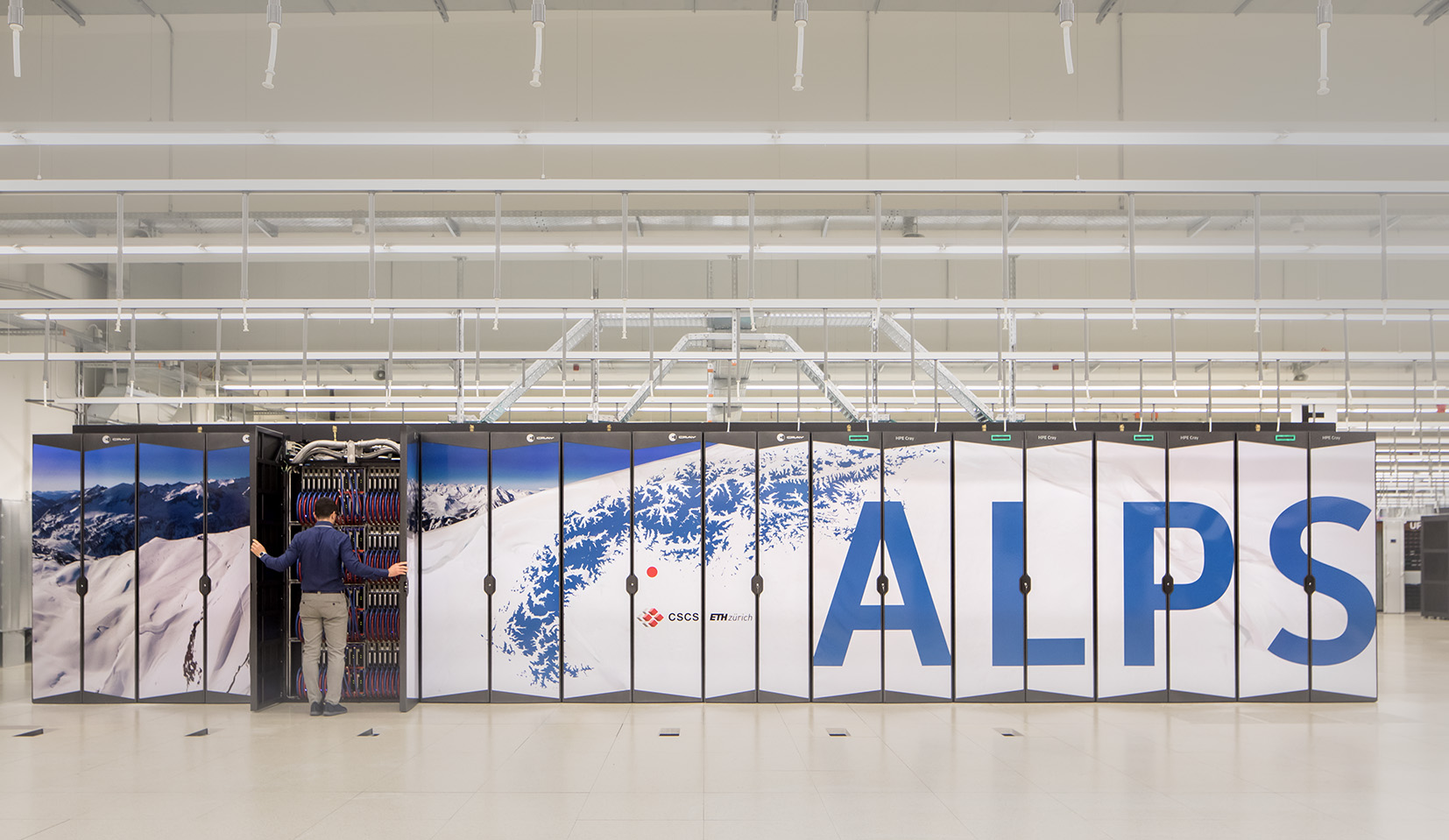Optimization for new hardware

Lattice field theory requires large scale simulations of QCD (and QED) on supercomputing facilities using massively parallel high-performant software design patterns. Full utilization of modern clusters is particularly important. In the advent of machine learning and training of large language models, the HPC science community experienced a shift in paradigm towards high memory-throughput accelerator-centric software development. Therefore supercomputing centers nowadays employ multiple GPUs per node directly connected via fast networking technologies.
The hardware progresses fast. Lattice field theory is one of the scientific fields that uses up most supercomputing resources. Therefore as lattice field theorists we rely on robust software that progresses together with hardware employing all the features and running efficiently on recent HPC clusters.
We are working on upgrading the codebase co-developed by HPCP group members [external page 1], which would enable us to exploit upcoming Nvidia-based machines on the upcoming Alps infrastructure at external page CSCS, as well as AMD accelerators on external page LUMI in Finland for efficient lattice simulations. These developments will further enhance our ongoing high-precision determinations of interesting physical quantities, such as the muon g-2 contributions [external page 2, external page 3], baryon spectrum [external page 4] etc.